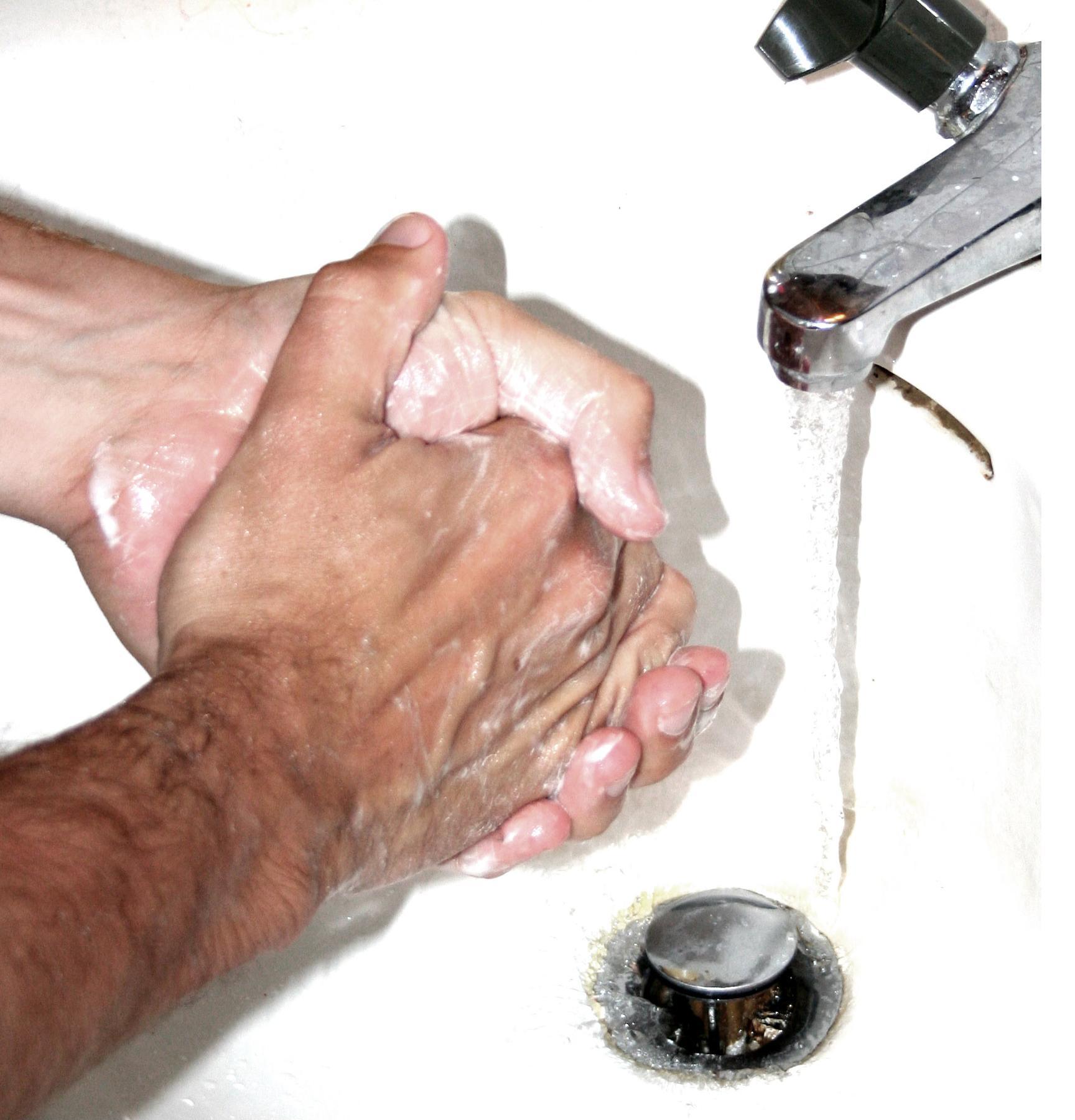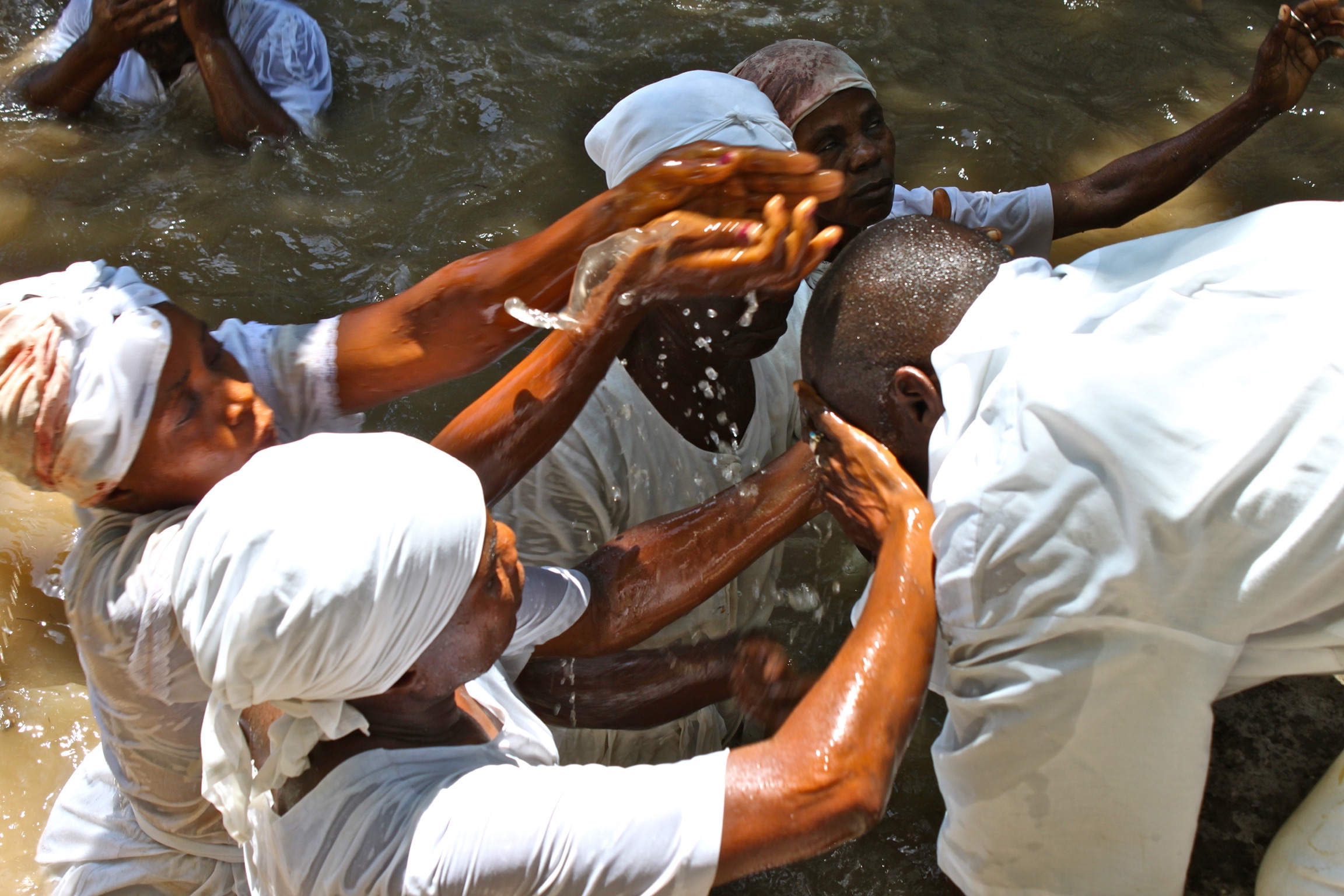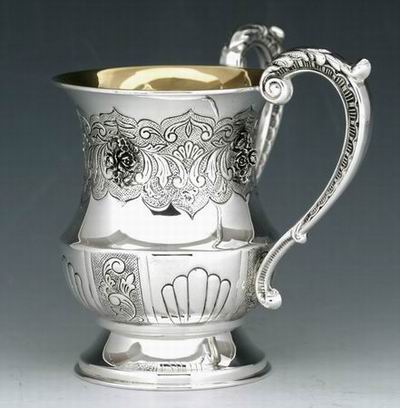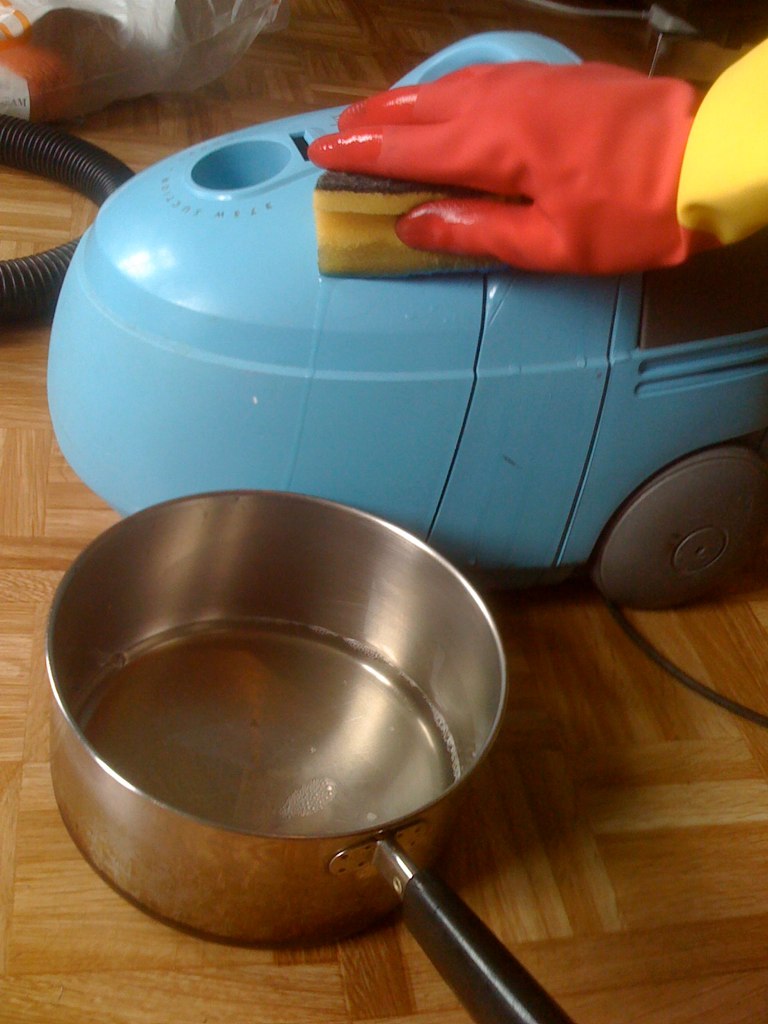|
Washing
Washing is a method of cleaning, usually with water and soap or detergent. Regularly washing and then rinsing both body and clothing is an essential part of good hygiene and health. Often people use soaps and detergents to assist in the emulsification of oils and dirt particles so they can be washed away. The soap can be applied directly, or with the aid of a Towel, washcloth or assisted with Sponge (tool), sponges or similar List of cleaning tools, cleaning tools. In social contexts, washing refers to the act of bathing, or washing different parts of the body, such as Hand washing, hands, Hair washing, hair, or Face washing, faces. Excessive washing may damage the hair, causing dandruff, or cause rough skin/skin lesions. Some washing of the body is done ritually in religions like Christianity and Judaism, as an Ritual purification, act of purification. Washing can also refer to washing objects. For example, laundry, washing of clothing or other cloth items, like bedsheets, or Di ... [...More Info...] [...Related Items...] OR: [Wikipedia] [Google] [Baidu] |
Hand Washing
Hand washing (or handwashing), also known as hand hygiene, is the act of cleaning one's hands with soap, soap or handwash and water to remove viruses, bacteria, microorganisms, dirt, grease, and other harmful or unwanted substances stuck to the hands. Drying of the washed hands is part of the process as wet and moist hands are more easily recontaminated. If soap and water are unavailable, hand sanitizer that is at least 60% (v/v) Alcohol (chemistry), alcohol in water can be used as long as hands are not visibly excessively dirty or greasy. Hand hygiene is central to preventing the spread of Infection, infectious diseases in home and everyday life settings. The World Health Organization (WHO) recommends washing hands for at least 20 seconds before and after certain activities. These include the five critical times during the day where washing hands with soap is important to reduce Fecal–oral route, fecal-oral transmission of disease: after using the Toilet (room), toilet (for ... [...More Info...] [...Related Items...] OR: [Wikipedia] [Google] [Baidu] |
Hygiene
Hygiene is a set of practices performed to preserve health. According to the World Health Organization (WHO), "Hygiene refers to conditions and practices that help to maintain health and prevent the spread of diseases." Personal hygiene refers to maintaining the body's cleanliness. Hygiene activities can be grouped into the following: home and everyday hygiene, personal hygiene, medical hygiene, sleep hygiene, and Food safety, food hygiene. Home and every day hygiene includes hand washing, respiratory hygiene, food hygiene at home, hygiene in the kitchen, hygiene in the bathroom, laundry hygiene, and medical hygiene at home. And also environmental hygiene in the society to prevent all kinds of bacterias from penetrating into our homes. Many people equate hygiene with "cleanliness", but hygiene is a broad term. It includes such personal habit choices as how frequently to take a shower or bath, wash hands, trim Nail (anatomy), fingernails, and wash clothes. It also includes atte ... [...More Info...] [...Related Items...] OR: [Wikipedia] [Google] [Baidu] |
Face Washing
Face washing, also known as facial cleanliness or face cleansing, is a form of washing in order remove dirt, germs, oil, debris, and any unwanted materials on the face, possibly with the use of soap or cleansing agent and water. These dirt or unwanted substances from cosmetic products and the environment are hardly soluble in water. The addition of face cleansing products in daily face washing can help effectively eliminate undesirable materials by breaking them down into smaller particles. The practice of face washing originates from ancient times and possesses cultural significance. Its purpose then experiences changes and adaptations to societal developments. In humans, 4 main skin types were identified by Helena Rubinstein in the 1900s, and a variety of face washing products started to arise respective to the needs of each skin type. A person's skincare routine can employ different face washing products and techniques according to their needs. When face washing is not done wel ... [...More Info...] [...Related Items...] OR: [Wikipedia] [Google] [Baidu] |
Dishwashing
Dishwashing, washing the dishes, doing the dishes, or (in Great Britain) washing up, is the process of cleaning cooking utensils, dishes, cutlery and other food-soiled items to promote hygiene and health by preventing foodborne illness. This is either achieved by hand in a sink or tub using dishwashing detergent, or by using a dishwasher, and may take place in a kitchen, utility room, scullery or elsewhere. Implements Dish washing is usually done using an implement for the washer to wield, unless done using an automated dishwasher. Commonly used implements include cloths, sponges, brushes or even steel wool. As fingernails are often more effective than soft implements like cloths at dislodging hard particles, washing simply with the hands is also done and can be effective as well. Dishwashing detergent is also generally used, but bar soap can be used acceptably, as well. Rubber gloves are often worn when washing dishes by people who are sensitive to hot water o ... [...More Info...] [...Related Items...] OR: [Wikipedia] [Google] [Baidu] |
Laundry
Laundry is the washing of clothing and other textiles, and, more broadly, their drying and ironing as well. Laundry has been part of history since humans began to wear clothes, so the methods by which different cultures have dealt with this universal human need are of interest to several branches of scholarship. Laundry work has traditionally been highly gendered, with the responsibility in most cultures falling to women (formerly known as laundresses or washerwomen). The Industrial Revolution gradually led to mechanized solutions to laundry work, notably the washing machine and later the tumble dryer. Laundry, like cooking and child care, is still done both at home and by commercial establishments outside the home. The word "laundry" may refer to the clothing itself, or to the place where the cleaning happens. An individual home may have a laundry room; a utility room includes, but is not restricted to, the function of washing clothes. An apartment building or student ... [...More Info...] [...Related Items...] OR: [Wikipedia] [Google] [Baidu] |
Ritual Washing In Judaism
In Judaism, ritual washing, or ablution, takes two main forms. ''Tevilah'' () is a full body immersion in a mikveh, and ''netilat yadayim'' is the washing of the hands with a cup (see Handwashing in Judaism). References to ritual washing are found in the Hebrew Bible, and are elaborated in the Mishnah and Talmud. They have been codified in various codes of Jewish law and tradition, such as Maimonides' ''Mishneh Torah'' (12th century) and Joseph Karo's ''Shulchan Aruch'' (16th century). These practices are most commonly observed within Orthodox Judaism. In Conservative Judaism, the practices are normative, with certain leniencies and exceptions. Ritual washing is not generally performed in Reform Judaism. Hebrew Bible The Hebrew Bible requires immersion of the body in water as a means of purification in several circumstances, for example: : And when the '' zav'' is cleansed of his issue, then he shall number to himself seven days for his cleansing, and wash his clothes; and ... [...More Info...] [...Related Items...] OR: [Wikipedia] [Google] [Baidu] |
Car Wash
A car wash, or auto wash, is a facility used to clean the exterior, and in some cases the interior, of motor vehicle, cars. Car washes can be #Self-serve car wash, self-service, full-service (with attendants who wash the vehicle), or #Automatic car wash, fully automated (possibly connected to a filling station). Car washes may also be events where people pay to have their cars washed by volunteers, often using less specialized equipment, as a fundraiser. History The first U.S. patent for a mechanized car wash was filed in 1900 and soon followed by "auto laundries". The Automobile Laundry in Detroit, Michigan, opened in 1914 by Frank McCormick and J.W. Hinkle, is considered the first business in the U.S. to adopt the name "car wash" for their services. Manual car wash operations, which used manpower to push or move the cars through stages, peaked at 32 drive-through facilities in the United States. The first semi-automatic car wash in the United States debuted in 1946 at a ... [...More Info...] [...Related Items...] OR: [Wikipedia] [Google] [Baidu] |
Ritual Purification
Ritual purification is a ritual prescribed by a religion through which a person is considered to be freed of ''uncleanliness'', especially prior to the worship of a deity, and ritual purity is a state of ritual cleanliness. Ritual purification may also apply to objects and places. Ritual uncleanliness is not identical with ordinary physical impurity, such as dirt stains; nevertheless, body fluids are generally considered ritually unclean. Most of these rituals existed long before the germ theory of disease, and figure prominently from the earliest known Ancient Near Eastern religion, religious systems of the Ancient Near East. Some writers connect the rituals to taboos. Some have seen benefits of these practices as a point of health and preventing infections especially in areas where humans come in close contact with each other. While these practices came before the idea of the germ theory was public in areas that use daily cleaning, the destruction of infectious agents seems t ... [...More Info...] [...Related Items...] OR: [Wikipedia] [Google] [Baidu] |
Bathing
Bathing is the immersion of the body, wholly or partially, usually in water, but often in another medium such as hot air. It is most commonly practised as part of personal cleansing, and less frequently for relaxation or as a leisure activity. Cleansing the body may be solely a component of personal hygiene, but is also a spiritual part of some religious rituals. Bathing is also sometimes used medically or therapeutically, as in hydrotherapy, ice baths, or the mud bath. People bathe in water at temperatures ranging from very cold to very hot, or in appropriately heated air, according to custom or purpose. Where indoor heated water is available, people bathe more or less daily, at comfortable temperatures, in a private bathtub or shower. Public bathing, Communal bathing, such as that in hammams, sauna, banya, Victorian Turkish baths, and sentō, fulfils the same purpose, in addition to its often having a social function. Ritual religious bathing is sometimes referred to as Imm ... [...More Info...] [...Related Items...] OR: [Wikipedia] [Google] [Baidu] |
Soap
Soap is a salt (chemistry), salt of a fatty acid (sometimes other carboxylic acids) used for cleaning and lubricating products as well as other applications. In a domestic setting, soaps, specifically "toilet soaps", are surfactants usually used for washing, bathing, and other types of housekeeping. In industrial settings, soaps are used as thickeners, components of some lubricants, emulsifiers, and catalysts. Soaps are often produced by mixing fats and oils with a Base (chemistry), base. Humans have used soap for millennia; evidence exists for the production of soap-like materials in ancient Babylon around 2800 BC. Types Toilet soaps In a domestic setting, "soap" usually refers to what is technically called a toilet soap, used for household and personal cleaning. Toilet soaps are salts of fatty acids with the general formula (Carboxylate ion, RCO2−)M+, where M is Sodium, Na (sodium) or Potassium, K (potassium). When used for cleaning, soap solubilizes particles and g ... [...More Info...] [...Related Items...] OR: [Wikipedia] [Google] [Baidu] |
Cleaning Agent
Cleaning agents or hard-surface cleaners are substances (usually liquids, powders, sprays, or granules) used to remove dirt, including dust, stains, foul odors, and clutter on surfaces. Purposes of cleaning agents include health, beauty, removing offensive odors, and avoiding the spread of dirt and contaminants to oneself and others. Some cleaning agents can kill bacteria (e.g. door handle bacteria, as well as bacteria on worktops and other metallic surfaces) and clean at the same time. Others, called degreasers, contain organic solvents to help dissolve oils and fats. Chemical agents Acidic Acidic cleaning agents are mainly used for removal of deposits like fouling, scaling. The active ingredients are normally strong mineral acids and Chelation, chelants. Often, surfactants and corrosion inhibitors are added to the acid. Hydrochloric acid is a common mineral acid typically used for concrete. Vinegar can also be used to clean hard surfaces and remove calcium deposits. Sulphuric ... [...More Info...] [...Related Items...] OR: [Wikipedia] [Google] [Baidu] |
Bidet
A bidet (, ) is a bowl or receptacle designed to be sat upon in order to wash a person's Sex organ, genitalia, perineum, inner buttocks, and human anus, anus. The modern variety has a plumbed-in water supply and a drainage opening, and is thus a plumbing fixture subject to local hygiene regulations. The bidet is designed to promote personal hygiene and is used after defecation, and before and after sexual intercourse. It can also be used to wash human foot, feet, with or without filling it up with water. Some people even use bidets to bathe infant, babies or companion animal, pets. In several European countries, a bidet is now required by law to be present in every bathroom containing a toilet bowl. It was originally located in the bedroom, near the chamber-pot and the marital bed, but in modern times is located near the toilet bowl in the bathroom. Fixtures that combine a toilet seat with a washing facility include the electronic bidet. Opinions as to the necessity of the bidet ... [...More Info...] [...Related Items...] OR: [Wikipedia] [Google] [Baidu] |












